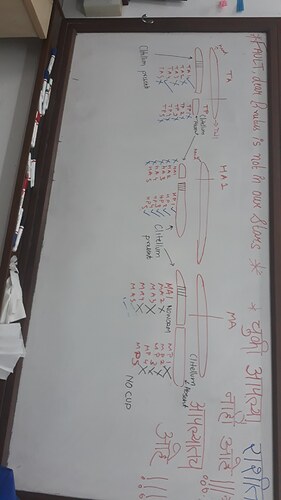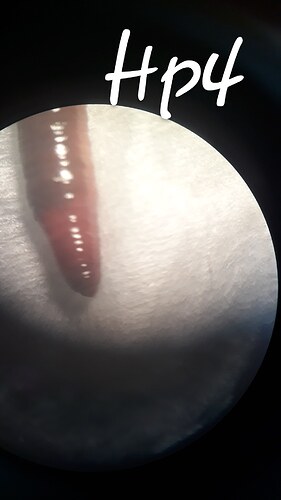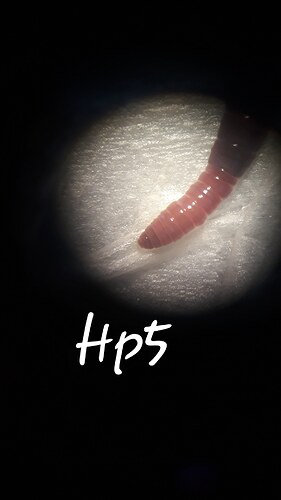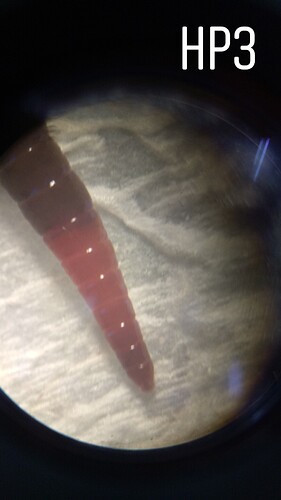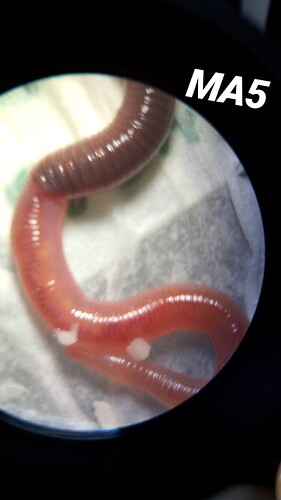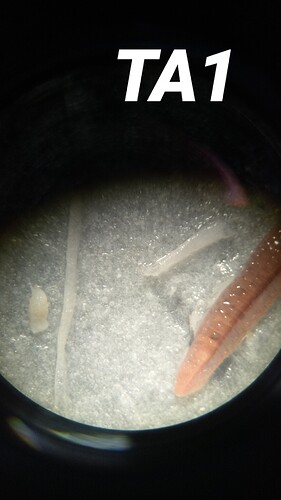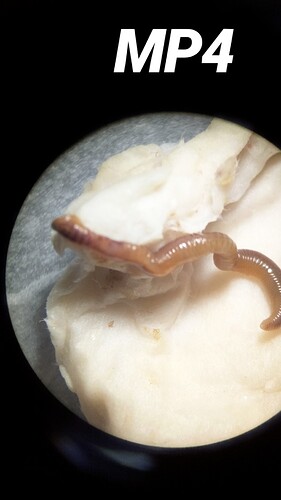Earthworm group (Elphinstone college)
So recently i started the topic determining the importance of clitellum in regeneration in an earthworm…
So mayur sir and I sat together and read a research paper by Clive Edwards on effect on regeneration depending on the position of amputation so we have drawn a conclusion that 1. The size of the amputees is very important for survival and regeneration.
2. Clitellum plays an important in proper regeneration.
3. And the absence and presence of clitellum does an important part.
Later we found a valid pdf on google stating that not only the clitellum but also the post clitellum segments are responsible for the complete regeneration.
An interesting fact is that the CLITELLUM is the reservoir for PLURIPOTENT STEM CELLS .
So we read about Shinaya Yamanaka who got a nobel prize in 2012 for his research in medicinal physiology in which he studied about iPS cells (induced Pluripotent Stem cells) and what Mr. Yamanaka did is that he took a mature differentiated cell from the fibroblast of a mouse and converted it into a Pluripotent stem cell and then converted this Pluripotent stem cell into some other cell … so if we observe in earthworm we see that the amputed earthworms do this regularly.
What an earthworm exactly does is with the paracrine support of clitellum it converts the circular muscular cells into longitudinal layer cells which make the intestinal tissue or the muscles etc. So its the same as what Mr. Yamanaka did i.e. the earthworm takes an matured differentiated cell(circular muscular cells) convert it into a stem cell (blastema) and then again Dedifferentiates to form an another type of cell.
@Vaibhavib99 please share the link of research paper here as well.
How do you know earthworm also have reserve of pluripotent stem cells? Any reference?
How can you prove experimentally they are pluripotent stem cells?
Please share some pictures supporting what you have written above.
So we can see in that data that all the amputed parts of the earthworm which do not have clitellum they all could not regenerate or even survive
The head posterior parts (all the HP1 HP2 HP3 HP4 HP5) they all are still alive and have regenerated.
@Vaibhavib99 @baviskarritik this doesn’t say anything much about role of clitellium in regeneration.
How many segments were amputated?
How many from anterior and how many from posterior end?
What was the sample size of each type?
What happens if there are more segments without clitellium? Will it regenerate?
Please give details of what was your experimental design.
I am delighted to see someone in this group who is very knowledgeable and interested in earthworms. I am a retired maths teacher who has a passion for earthworms. Please see ::
and tell me if I have made any major blunders there. I have to learn a lot from you all.
Thanks.
Could you give a link to the reference of the paper by Clive Edward?
This was the paper sent by me in the cube group
Abstract
It is well known that parts of earthworms can survive if they are cut off. Our aim was to link the regeneration capacity of an earthworm, Eisenia fetida (Oligochaeta, Annelida) with the site of the amputation, so we amputated earthworms at different body segment locations along the length of the body to examine the different survival rates and regeneration lengths of the anterior, posterior, and medial sections
Thank you for sharing the link to the article.
Earthworms taught so much of biology. A very useful model for learning as well as research at various levels. Thanks for sharing the link about your passion. We have much more to learn from you.
Really usefull and helped me learn more about earthworms ![]()
